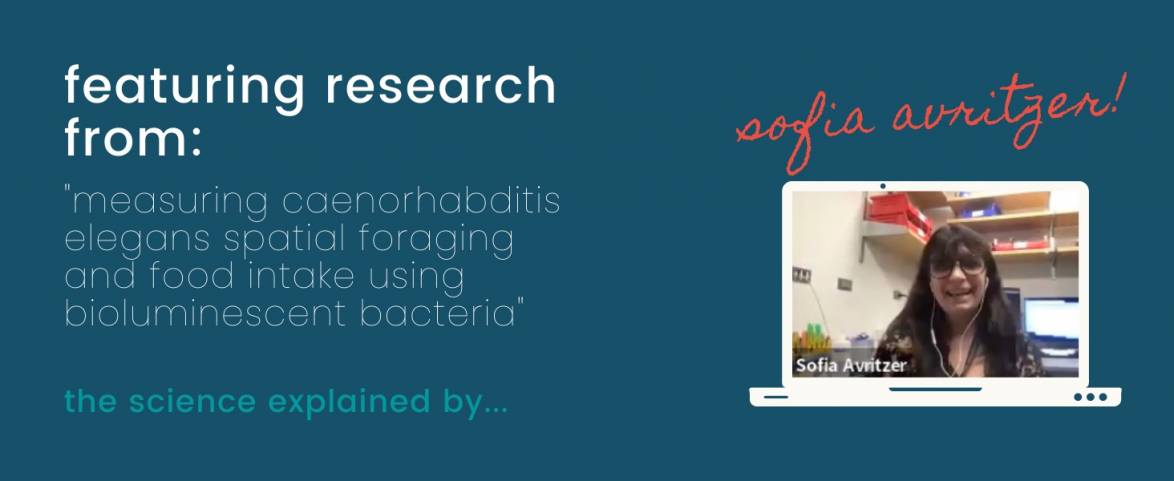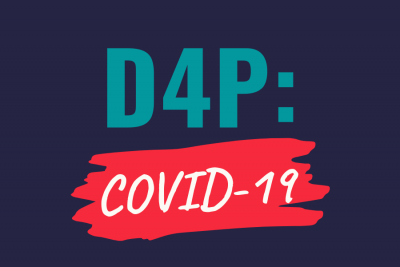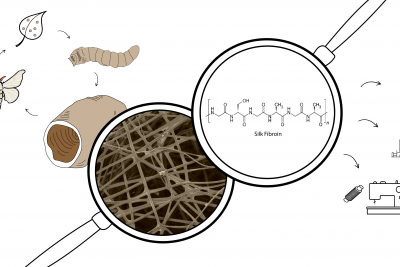How do worms coordinate their swarming behavior?
When a lot of animals get together, they can behave in complicated ways without having to plan it out! If all individual animals make small decisions by themselves, they can end up creating a behavior that looks coordinated. In this episode of D4P, Sofia discusses how two very simple decisions (slowing down and going backwards) made by tiny worms called nematodes while they can generate a very impressive swarm effect.
About our D4P Fellow
Sofia is a PhD student at The Rockefeller University in the Laboratory of Integrative Brain function where she studies how fruit flies remember places where they have found food. She is generally interested in how animals store memories and use those memories to move around in space. Before this, Sofia was a student at the Universidade Federal de Minas Gerais (UFMG), in Brazil, where she studied insect-plant interactions. When she is not in lab, Sofia enjoys cooking, watercoloring, playing with her cats and going to the beach (when it’s not too cold outside).










